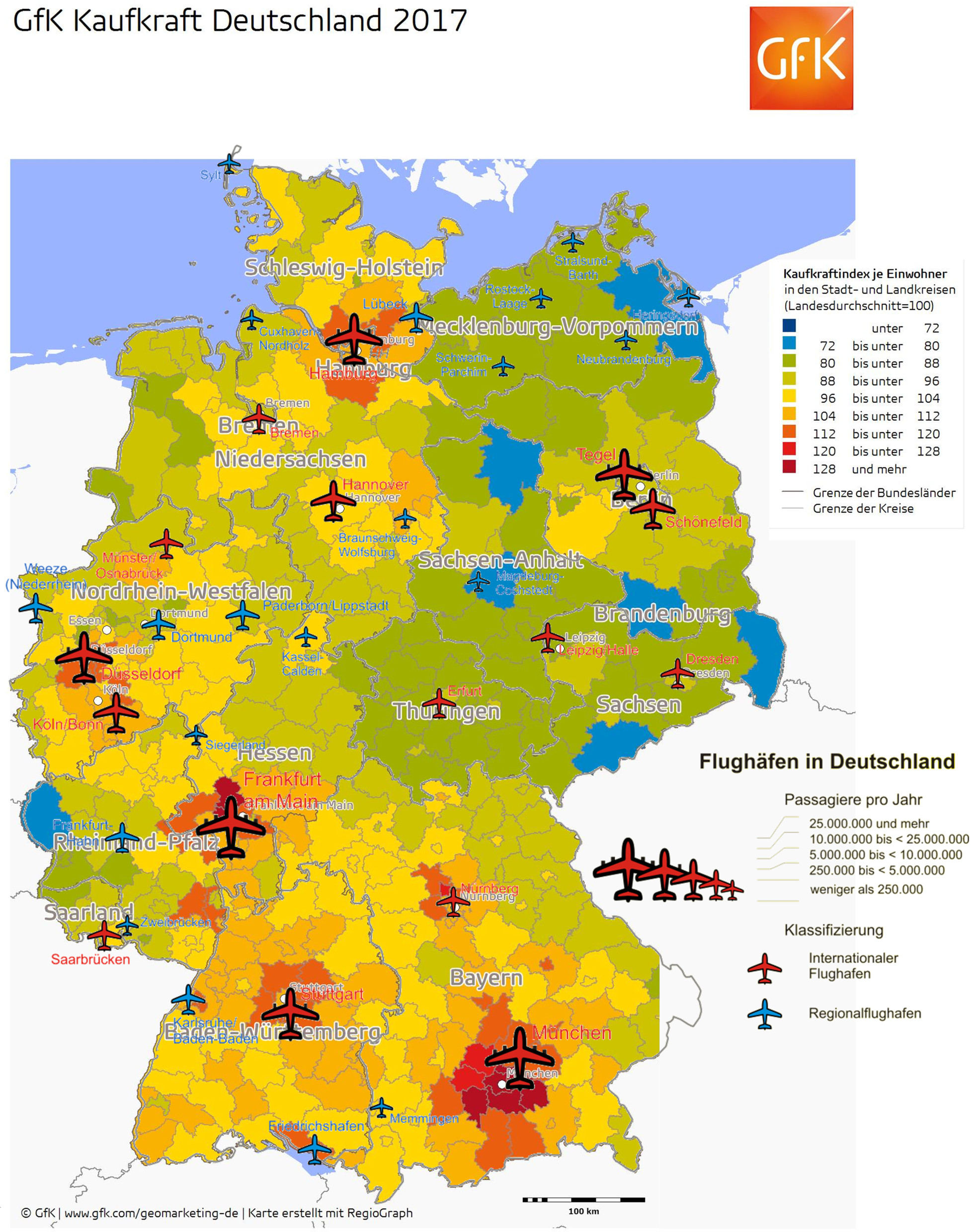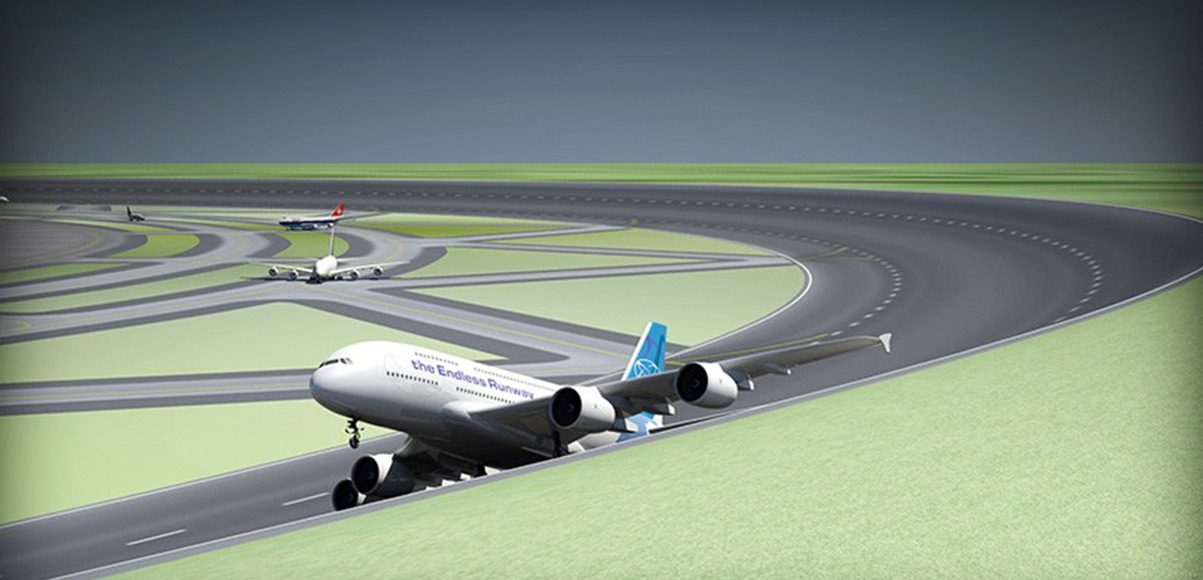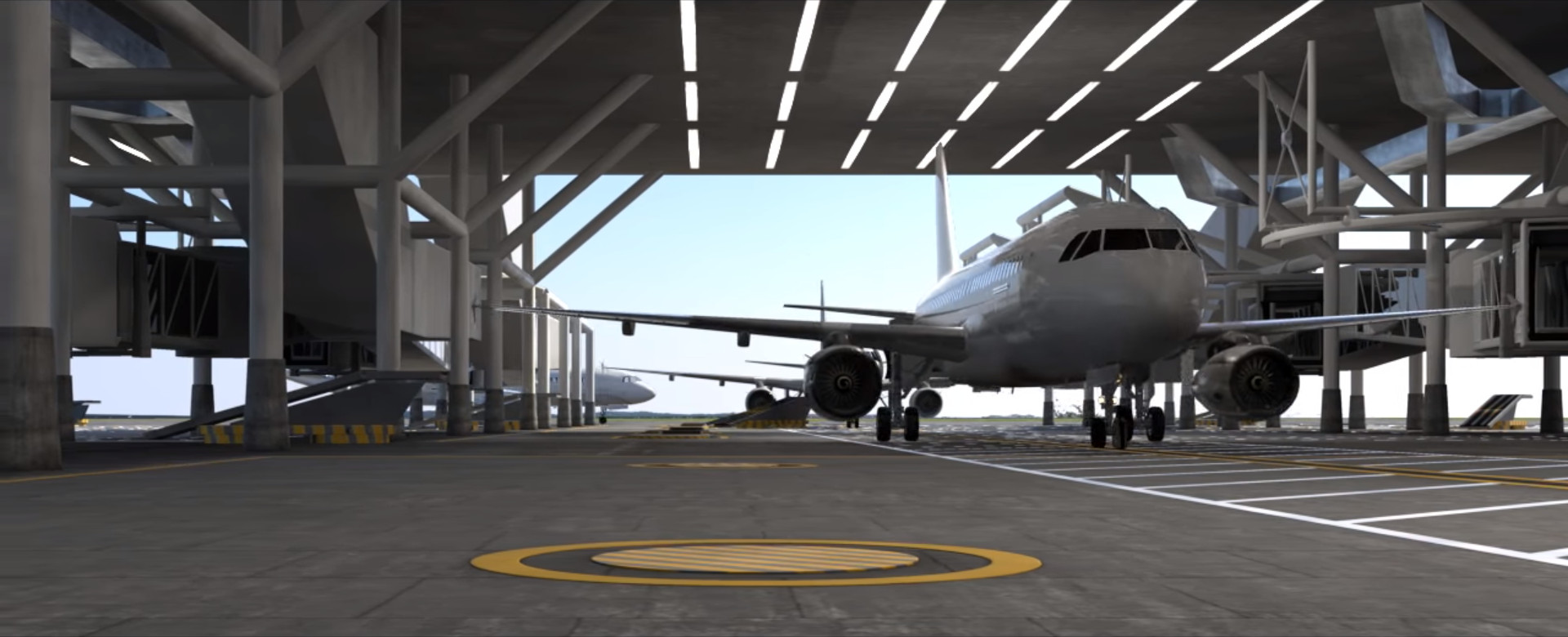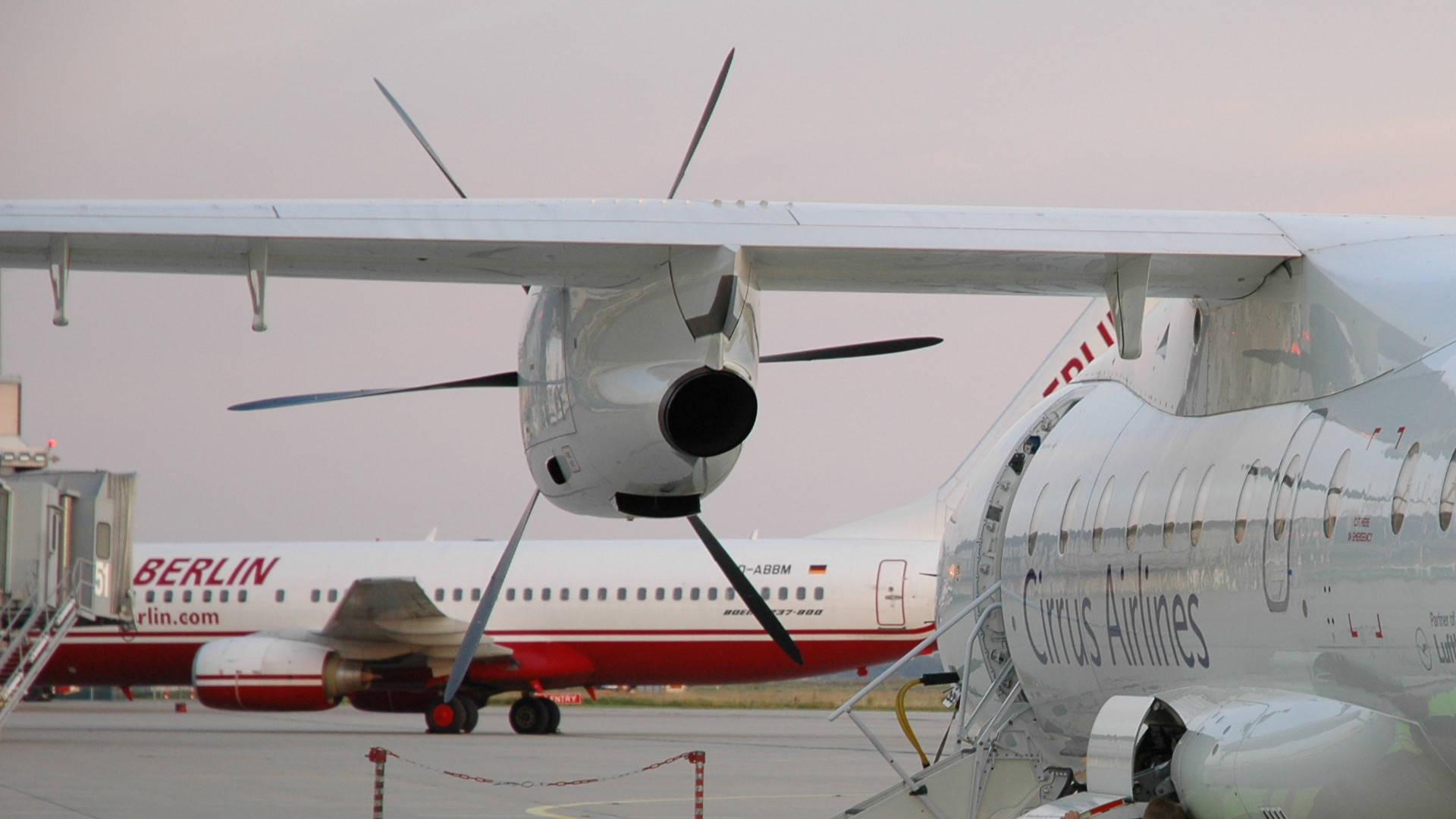Side Note
Dear Readers. I’ve spend a quite large amount of my “free” time on qualifying myself on online-PR, -marketing, SEO, SEM, SEA. All those buzzwords that I summarized a bit in the new SEO-optimized page Unhyping Online Marketing (SEO SEM SEA). So I didn’t have spare time to focus on the topics but made note, what to address in the upcoming blog posts.
As I told a friend, it mostly scratches on the surface only, where I could pour some salt into open wounds. Most fun for me was to make that article SEO-perfect, though it does make it a bit hard to read… And it became so much, that I decided to put it in a page, not a blog article (post). If you didn’t read it yet, if you’re in marketing or online, you might want to after reading this post.
What did trigger is the statistics on active users vs. leechers. I know a lot of you read, though most of you I don’t know who you are. I sure do appreciate anyone “outing” themselves to me that they read my blog. Send me a mail to juergen at barthel eu if you don’t want to comment in the blog.
Quo Vadis Virtual Airlines?
Many new airlines come without business concept. What is the business model? What is the USP? Have you made a sincere SWOT analysis? Know your internal and external strenghts, opportunities, weaknesses and threats? Or do you believe with a small, leased fleet, paid maintenance, some commercial off-the-shelf software and some flights in summer to the secondary holiday destinations you can stand up to the existing big airlines? What’s your niche and is it safe and sufficient enough? Else, you simply build up a market for the big ones and find yourself pushed aside – another “victim” to the ongoing consolidation. Nothing new. Nothing unexpected.
There is the saying about how to make a million in aviation. Start with a billion. While I believe with a billion you can achieve something, the usual “airline startup” is 2-20 million. One or two leased A320 or B737. I call them mayflies. They fly one (high) season, maybe two. Then they have no more funds to sustain another low season and “fail”. A failure with prior announcement.
Regional Airlines vs. Low-Cost
Discussing “Regional Airlines” and “Low-Cost Airlines”, all the “experts” keep separating the two models. What they fail to see is the role of low-cost airlines in the regional aviation market.
“Regional Airlines”
The common “definition” of regional airline is to fly small aircraft, up to 100 seats. Often in a mixed fleet. Always at a high cost per seat. So the tickets by nature are and must be more expensive.
“Low Cost Airlines”
Different from Regional Airlines, the Low Cost airlines fly Airbus A320- or Boeing B737- family aircraft with 150 to 200, recently implementing even larger A321 and B737-9/900 with up to 240 seats.
Regional + Low Cost
Both airline types have something in common. Both fly point-to-point. Both classically focus on short and medium haul.
Both also establish some connecting services as their hubs. And airlines like FlyBE try to reduce the cost by using a single-type-aircraft fleet like FlyBE’s 54 Dash 8 Q400, though they have some other aircraft too. Air Baltic converts to a single-type A220-300, their CEO expressed even adding the A220-100 would complicate and increase the cost base. But the choice of aircraft defines the choice of airports and routes. Which leads to the next topic of this article:
The Passenger Airline Food Chain
30+ years ago, when I started in aviation, there was a very clear “food chain”. First came general aviation and holiday charter flights, feeding the demand for certain commercial routes or holiday destinations. When those flights became successful enough, they lost to regional airlines providing scheduled services at fixed times between A and B. The larger holiday charters lost to scheduled airlines and network carriers, taking over those lucrative routes. At the end of the food chain were the large network carriers, connecting smaller cities to their hubs and through the hubs connecting to the world.
Then came the Low-Cost carriers. And everything changed.
… Everything? Really?
The Rise of the Low Cost
So the model of the Low Cost Airlines was to use a single type aircraft fleet, such minimizing the complexity to operate the fleet. Be it exchange of broken aircraft, be it flight crew training (cabin and cockpit), maintenance, etc. Using the highly effective new Boeing 737 models, later also the A320, they focused on one thing. To provide the lowest cost per seat and such undercut the prices that the network carriers with their far higher complexities asked for.
They did not bother about the complexity of hub-services or – god beware – “interlining”, requiring baggage transfer, the need to secure the connection for the passengers, they connected secondary airports point-to-point. Just like the regional airlines, but at lower cost. All they did in fact, they cannibalized the upper end of the regional airlines and also competed with many regional flights of the network airlines. Given their USP of a very, very low cost per available seat kilometer (CASK) or mile (CASM), they covered their niche well and ate away from the profits of both small regional airlines, as well as the large network carriers.
 Regional Airports vs. large Hubs
Regional Airports vs. large Hubs
In the past, there was a clear distinction. Regional airports were small airports that were connected to the global air traffic networks by being connected to the hubs. So a regional airport only served a few scheduled flights, plus vacation charter. I had this concept also at the Erfurt-Weimar airport (ERF) 2009/10. Where they did not even understand their Munich flight they subsidized would connect them via Munich to the world. Cirrus Airlines as the operator was “Lufthansa Partner” without code-share into Star Alliance, not even with other airlines in the Lufthansa Group, so all the airport looked at was the few “Lufthansa connections” they could offer from their airport via Munich. Of which some even didn’t connect. In consequence, the locals did not look at those few connections, but focused to fly from Berlin or Frankfurt, both three hours travel time by train. Or they even took the train to Munich. If you know the added time you need in Berlin and Munich to get from the train station to the airport, you understand why I got upset. Simply to date my example of a gross misperception and belittlement of the airport’s value. Even worse, on my first day at the airport, I had to read an article in the main local newspaper that one political stakeholder promoted Arab stakeholders to come to Thuringia. By flying to Frankfurt and taking a bus (four hours minimum). Instead of flying via Munich…
Working with regional airports, my experience is a very strong tendency to short-sell themselves, belittle the own region. It is not made any easier that there are virtually no regional statistics about travel demand and the IT “solutions” are being biased to make big airports bigger and neglect the small airports. As I explained in the December 2017 article about the bias of route viability analyses.
Evolution of regional hubs
Especially in Europe, the political strategy about aviation is “thinking small”, new airports like Berlin are planned too small from the beginning. Airports that were planned for growth, like Munich when moved from “Riem” to “Erding” face political opposition to execute the expansion, adding the originally planned runways. Even London, instead of a bold move to establish a new airport, decided to just add a new Runway to London-Heathrow. A move that will quickly face the same problems Heathrow has today, of inheritance in terminal structures, slot constraints, a limit to the expansion. Should Boris Johnson in the recent turmoil follow Theresa May, there are some hopes that he revitalizes the “new airport” idea for London.
 A necessary step to compete with the new “global hubs” in Istanbul, Dubai, etc., build to size of about 150 million passengers. Berlin? Build to 27 million passengers, when finally ready one day. Current news questions the next opening data in October 2020… As German “Postillon24” satire site published 2015: Archaeologists discover historical ruins of unimaginable dimensions in the south of Berlin (link to Google translated page in English)…
A necessary step to compete with the new “global hubs” in Istanbul, Dubai, etc., build to size of about 150 million passengers. Berlin? Build to 27 million passengers, when finally ready one day. Current news questions the next opening data in October 2020… As German “Postillon24” satire site published 2015: Archaeologists discover historical ruins of unimaginable dimensions in the south of Berlin (link to Google translated page in English)…
With the large hubs increasingly slot constrained, i.e. Amsterdam simply “out of slots”, the only way is to bypass those airports and increasingly fly to smaller cities. An example can be American Airlines, adding Dubrovnik on the Balkan Adria to their destinations. Sure, the low-cost airlines have a history understanding the value of point-to-point services between smaller, “regional” airports. Basel, as a first base of easyJet evolved into a major hub for the low-cost airline. Business case given, the operation of a regional hub can make sense… And didn’t we joke about easyX when Air Asia X flew to London-Gatwick with majority of travelers connecting onto easyJet…
So far, many of the “low cost airlines” (i.e. Eurowings, Norwegian) focus on larger airports as their hubs; Düsseldorf, Cologne, Barcelona and the likes. Their decision makers obviously are not bold enough to leave the beaten path and go new ways. Ryanair moved into Frankfurt, but it’s said they are not doing well there. Wizz and others establish small bases in regional airports and then grow them, benefiting both the airport, the region and commerce in the regions. Given the slot constraints on the “mega hubs”, we will see a lot more development of regional airports, point-to-point services and hubs. For those airports and their regional development stakeholders, one of the main tasks is to change the perception from “feeder airport” to a bold understanding of their own values and needs – which directly served regional routes make sense? I know, this is a recurring topic on this blog…
The Future of Airports
My friends at Passenger Terminal World, also doing the Passenger Terminal Expo, recently collected views on the future of airports. Personally, I found those views rather conservative. Very focused on the adjusting the status quo, no bold jumps at all. But for several years, some bold ideas keep resurfacing of which I’d like to address two.
The Circular Runway
The Circular Runway on first sight is an intruiging concept. You could land anywhere, never a “runway overrun”, never the wrong wind direction and while one plane takes off on the one side, another lands on the other. But.
There are some questions that I believe this idea will never make it to reality. Usually, there is a given wind direction and airplanes take off and land against the wind. So instead of a straight runway you have a circular one that allows to take off and land exactly against the wind. While the remainder of the runway remains unused. A nice to have? Or a lot of sealed ground for no gain?
The other setback is if you exceed the capacity. Adding another circular runway? If need be crossing runways use less space and allow parallel operations. # And they can be started with one runway, adding as demand requires.
Given both those issues, I think will be good reason to stick to the existing straight runways.
 Drive Through
Drive Through Airport Terminal
The Drive Through Terminal is also an interesting concept that the designers invented for large airports. But in fact, there are a lot of setbacks from such a terminal that make it less ideal for such airports, but more ideal for regional airports. What I like is the possibility of weather independent operation thanks to the roof, as well as the guide rail system to transport the aircraft from arrival to departure.
The first problem is on large airports that there are airline using differently sized aircraft. So you have classic terminals and drive-through ones only for certain aircraft? On regional airports and low-cost airports, the terminal could be optimized for standard aircraft from 70 seats up to A320/B737 families with up to 240 passengers. Should there be a larger aircraft, it can be handled on the apron.
 The other problem with the proposed design is the ignorance of what any airport operations manager can sing of: Disruptions during the turnaround. Once the airplane enters the process, there are now ways to replace the aircraft (see image left). On a small, regional airport, that can be overcome rather easily using one or two lanes only, allowing the aircraft on any stop to be “extracted” or “added” into the “line”.
The other problem with the proposed design is the ignorance of what any airport operations manager can sing of: Disruptions during the turnaround. Once the airplane enters the process, there are now ways to replace the aircraft (see image left). On a small, regional airport, that can be overcome rather easily using one or two lanes only, allowing the aircraft on any stop to be “extracted” or “added” into the “line”.
The third issue is the issue of parallel handling, supporting connecting flights. While the first aircraft boards, the other just comes in. But what I think can be a practical approach is to have drive through in a two step process. Disembarking, embarking – go. If there is a problem, on both “stations”, the airplane can be pulled out backwards or front. Several airplanes could be managed in parallel.
The last issue is the passenger facilities, including and not limited to contemporary airport cities
Summary
There are a lot of ideas out there, but the main hurdle is the conservatism. Airplanes to date are serviced on the left, boarded on the right. A relic. But to change such requires not only different airports but also different airplanes. I doubt I will live to see such a change. Other issues can and should come. So I see the rise of the regionals, also the drive through terminal.
Food for Thought
Comments welcome

